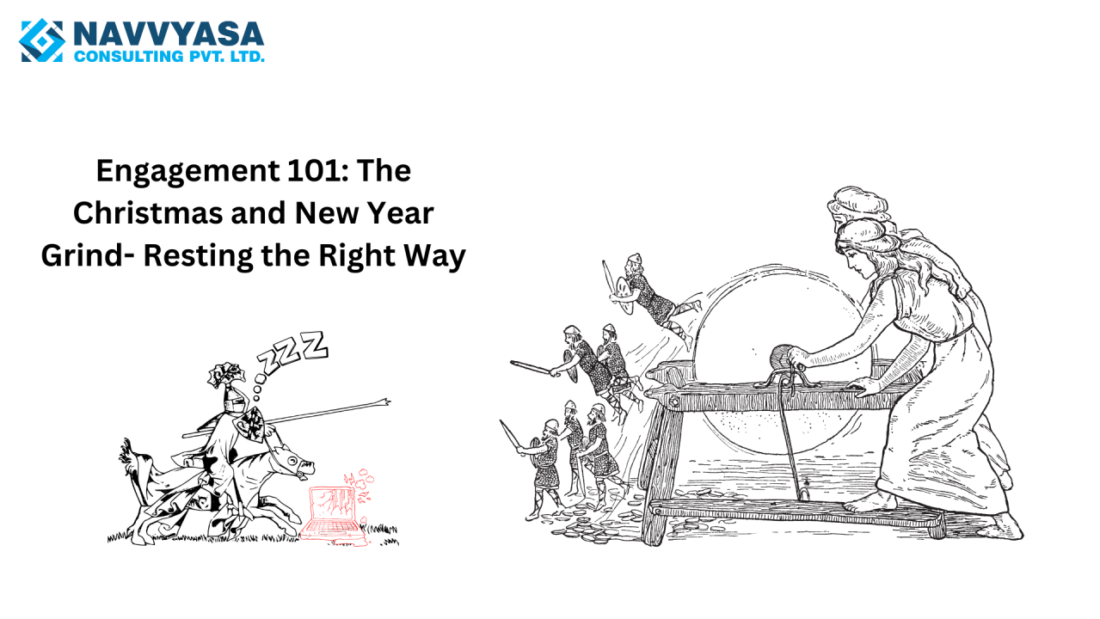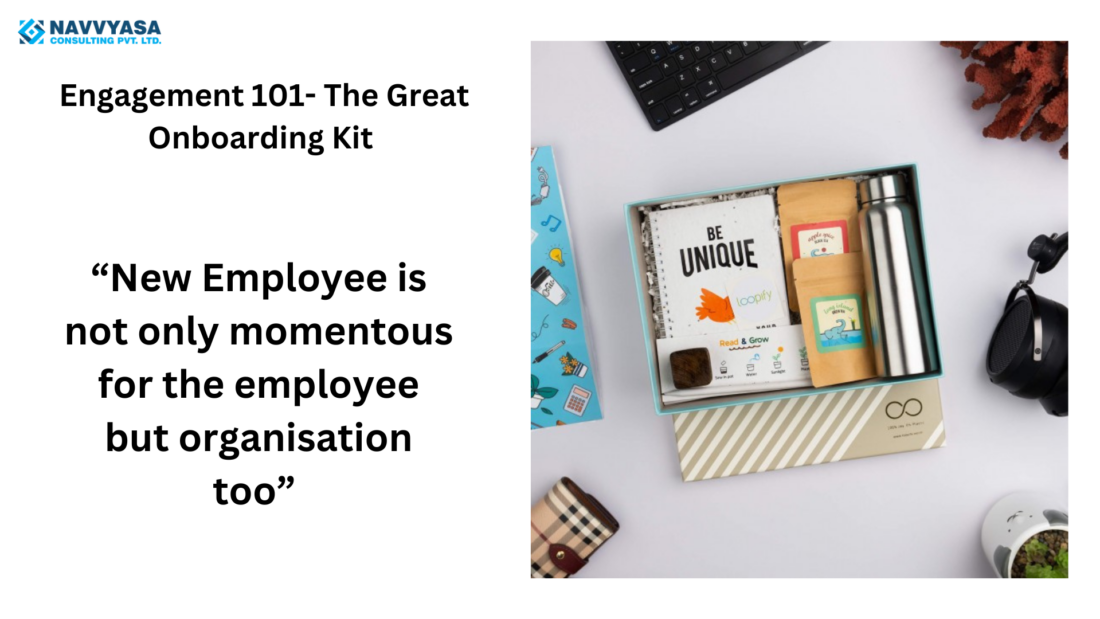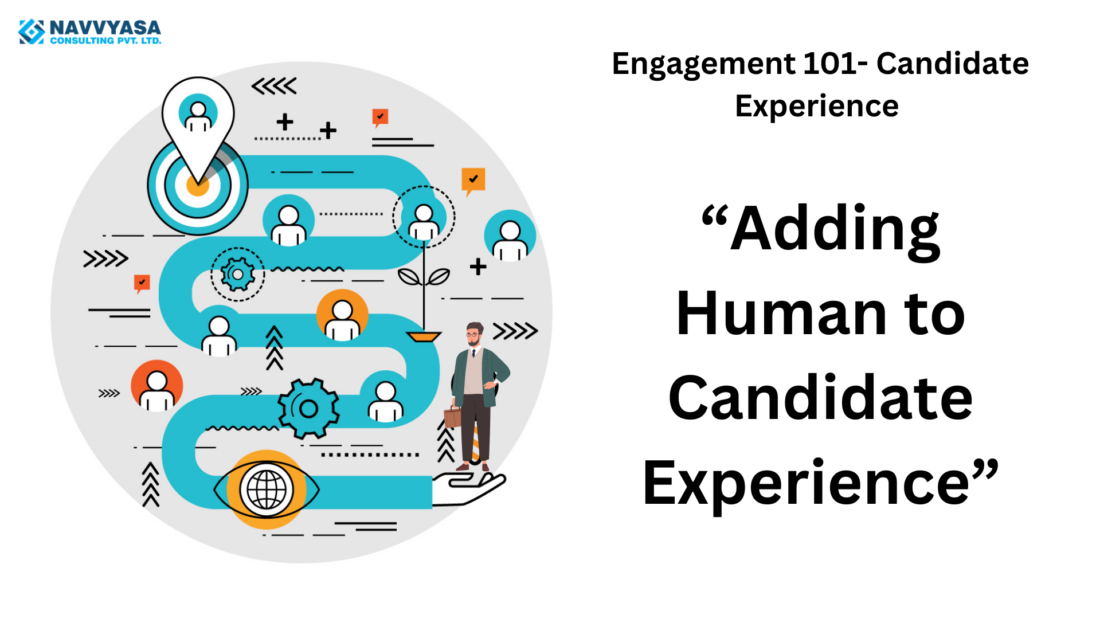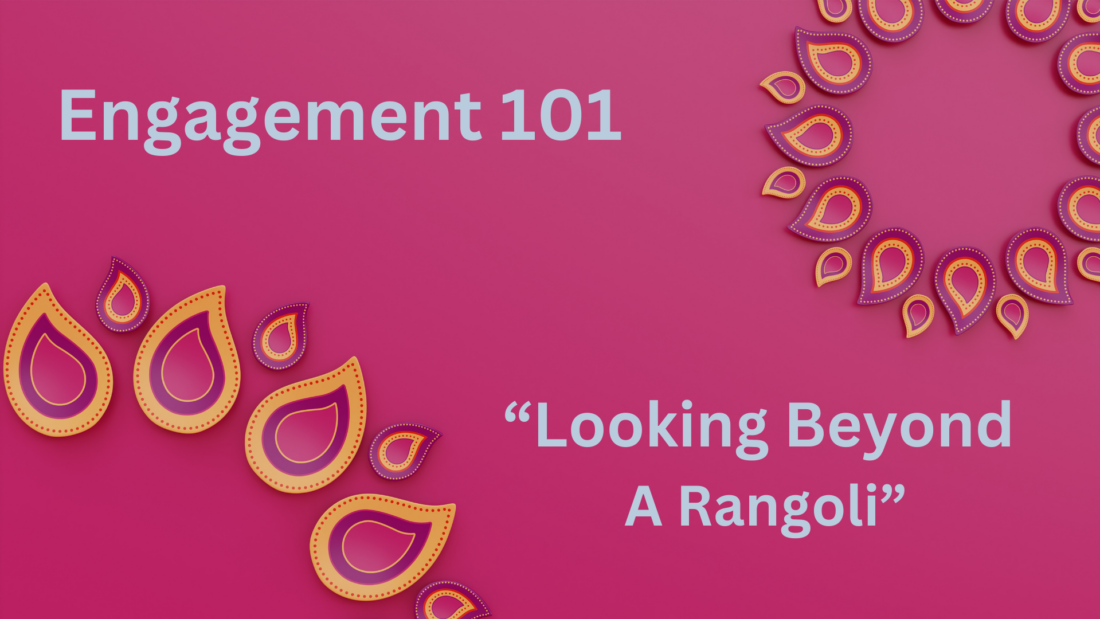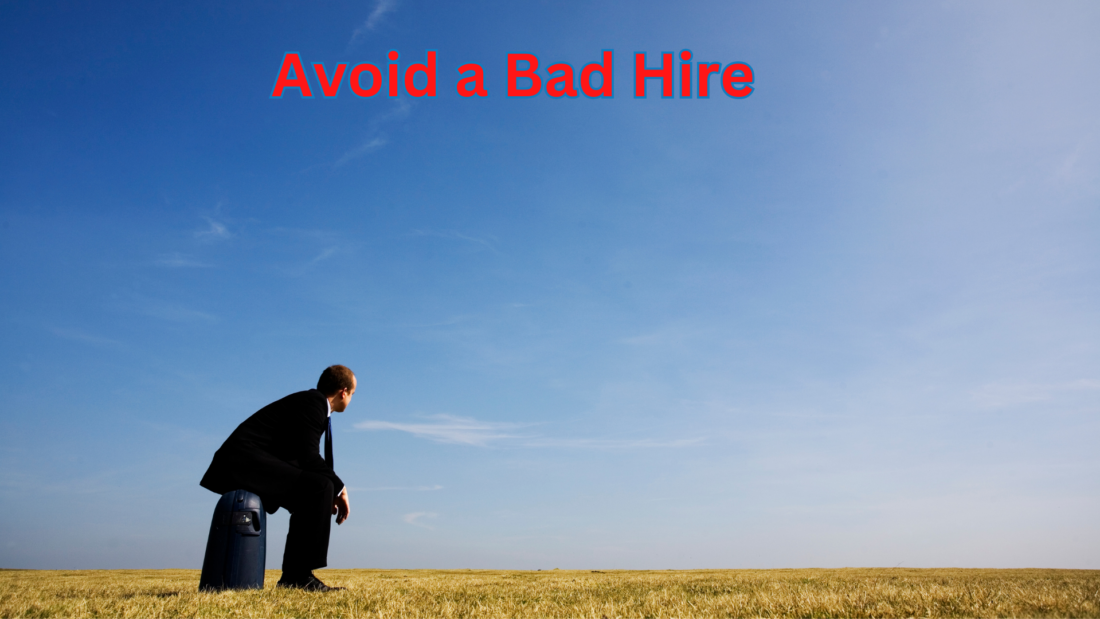December brings in both the winter along with a 2 week time where the Global North becomes dormant. It is one of those times, you see an uptick in holidays, vacations and general ennui (seriously – boredom happens if you are in the Global South).
It is no wonder that it always has a slew of flues, colds, and general health upheaval.
Let’s be real, it is the month of rest. But do we really rest when we are supposed to?
As someone who is a chronic mobile user, I remember talking to my previous manager and having a burnout discussion. Post that discussion, I switched off my notifications for both my email and chat. Unless I am on my laptop, I rarely check any notifications.
It made me ask the question- does one have to be online 24×7 to be productive?
If you ask an Olympian they will tell you categorically NO!
So why do we as people treat rest as a bad word. Because productivity is less important than visibility. You are there 24×7, people will notice you more.
Honestly, that does work in some places, but you are becoming the mule, rather than a rockstar.
I have asked a lot of questions, let me answer some of them.
REST IS IMPORTANT FOR PRODUCTIVITY. Be a Rest Rockstar
There is no way to be productive without resting. Whether you are in a warzone or you are in a corporate office, having time to unwind is vital but we end up doing the rest wrong.
This time around, let’s make resting simple, easy, and achievable.
1. Always online
No call is important that you can’t take it tomorrow. Go on airplane mode while you are resting. Take your mind off work.
2. Find a hobby
Rest doesn’t mean being sedentary, figure out a way to move while resting. Does sound a bit contradictory but having your energy devoted to other outlets is also important.
3. Sleep
If you ask any sportsperson, they will tell you that sleep plays an important role in improving performance. Get those 8 hours of Zs and try to have them in one go. Nap when you can.
The idea of constant productivity is a downfall for so many professionals.
Why not this REST season, you rest like an Olympian!

